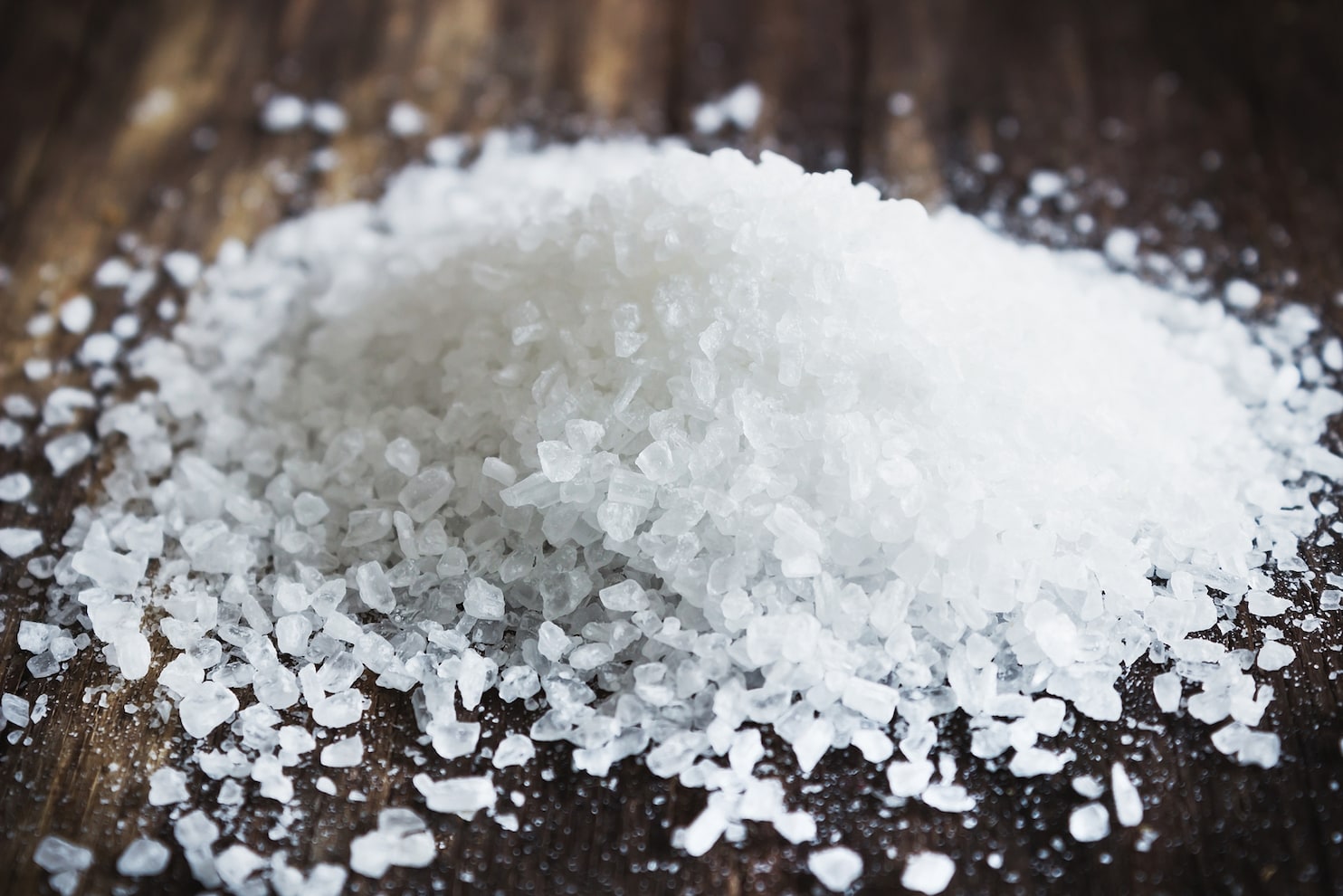



 1 votes
1 votes
Reviewing Food Fraud Vulnerability Analysis: Salt
food fraud vulnerability

It is well known that food facilities shall do a food fraud mitigation assessment. Several standards have their own guidelines, started by BRCGS already in its version 7. This version emphasized that the vulnerability assessment is a specialized form of risk assessment. Today it is used by most of the facilities to assess and evaluate the food fraud mitigation measures. But some food frauds risk still go undetected, like salt.
The assessment starts with an estimation of the likelihood of occurrence, the likelihood of detection and the profitability for each category of raw material (or group of raw materials within a supplier).
The assessment may be of individual products or, where several raw materials that share the same characteristics and potential risks, may be grouped together.
The “NSF Fraud Protection Model” and study, takes account of the profitability and the detection of the products. The model includes a long list of foods and raw materials, but a common product as the “salt” was not even in the results of their survey. This study categorizes the profitability criteria based on:
- The sales volume
- Profit margin
- Cost of adulterant
- Cost of commodity
And even more, if we consider the economic incentives to commit food fraud, such as the supply and price of materials; special product attributes or components determining the value of materials; significant price difference between countries, health properties, level of competition; o supplier pressure; none of these factors seem to apply to salt.
Therefore, the assigned value for salt is low in the food fraud analysis which increase that the fraud can go undetected.
Recently in the news from the Hinustan Times, dated on 09.06.2022, we can learn:
https://www.hindusta...4721122742.html
It says that the Moti Nagar police in Ludhiana arrested four grocers from Shaheed Bhagat Singh Colony for selling sub-standard salt using the packaging of a reputed brand. The ASI added that the accused were being able to sell substandard salt as the area largely comprises of workers who couldn’t differentiate the fraudulent products.
It is imperative to be updated on news worldwide and know all the suppliers and the brokers. To achieve this, the Horizon Scanning has been defined as the systematic examination of potential threats, opportunities, and likely future developments. It is split into 3 levels:
- Looking back - to determine incidents of food fraud that have occurred relevant to the site’s raw materials, products, and packaging.
- Looking across – reviewing what is currently happening that could have an impact in the future.
- Looking ahead – understanding issues that may lead to food fraud activities being undertaken.
I suggest the producer to updated on every news and to be aware of all the ingredients at its facility. Even if we are biased to believe that there is negligible risk with the low profitable raw materials, such as the salt.
About the Author
Leila J Burin, PhD Food Chemistry.
Lead Auditor in BRC, IFS, FSSC 22000, ISO 22000. I work as a food safety auditor since more than 20 years, started my career in Latin America and for the last 12 years I have been working in Europe. I have a scientific background with a PhD in Chemistry and over the years I work with most recognized standards and categories in the food industry such as HEINZ, BRC, IFS, FSSC22000, SQMS, LIDL, and several others. Since 2010 I am also the Training Coordinator for “Portal de Inocuidad” which is an on-line training service for Spanish speaking food safety professionals. Also, BRC ATP since January 2020.











